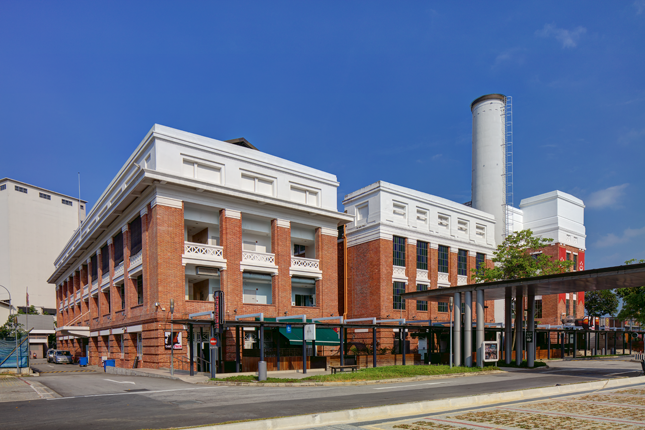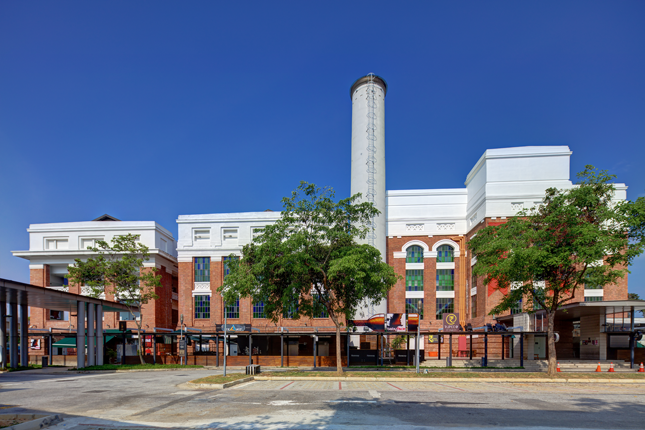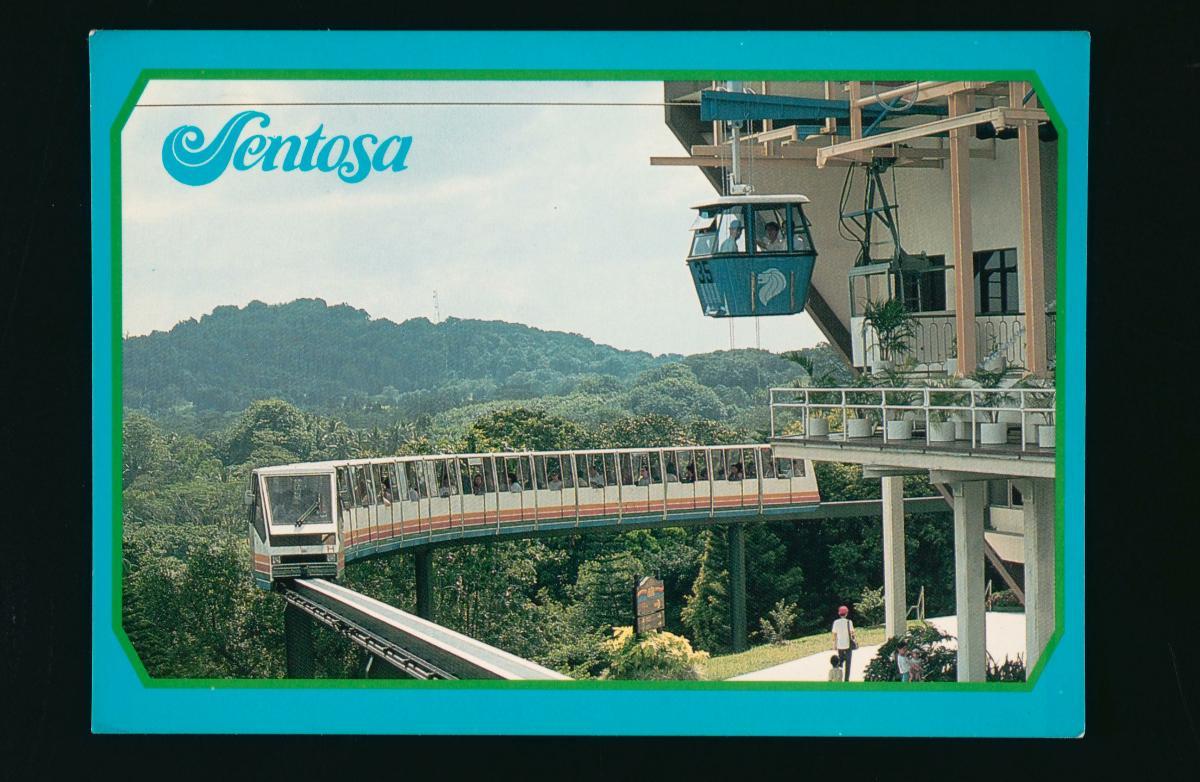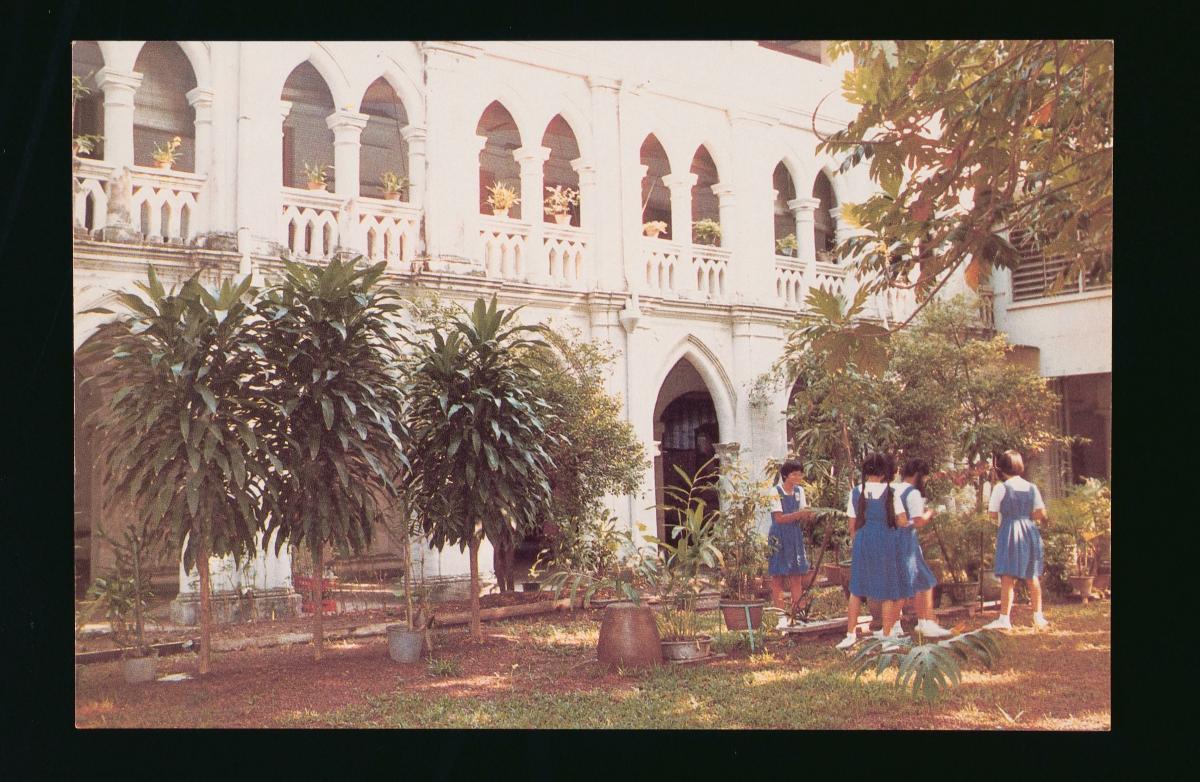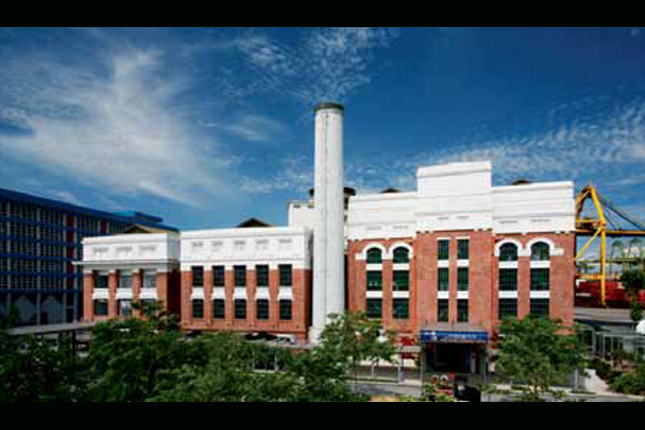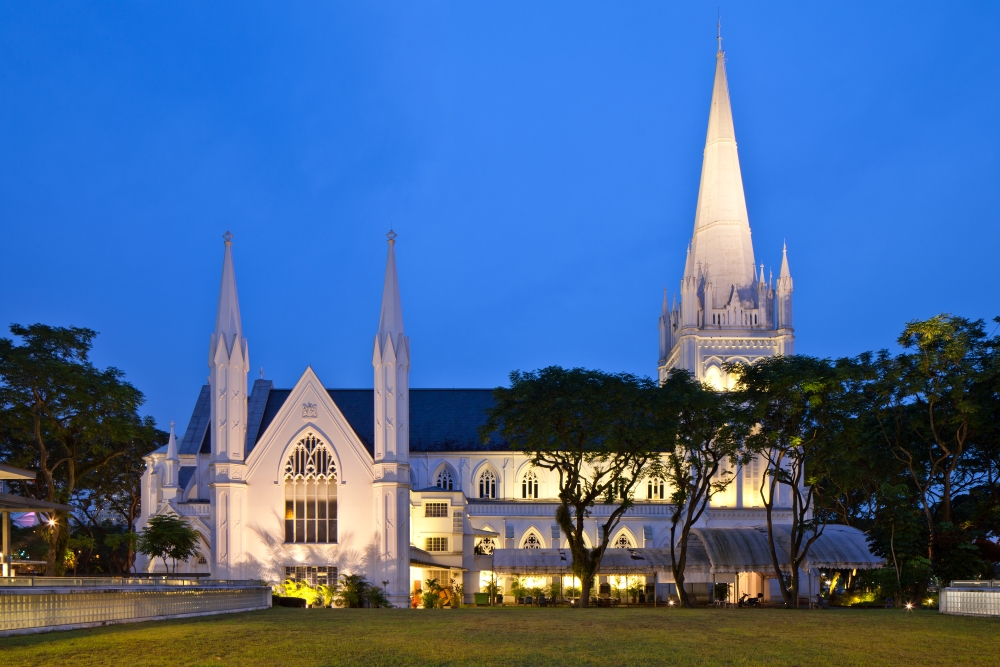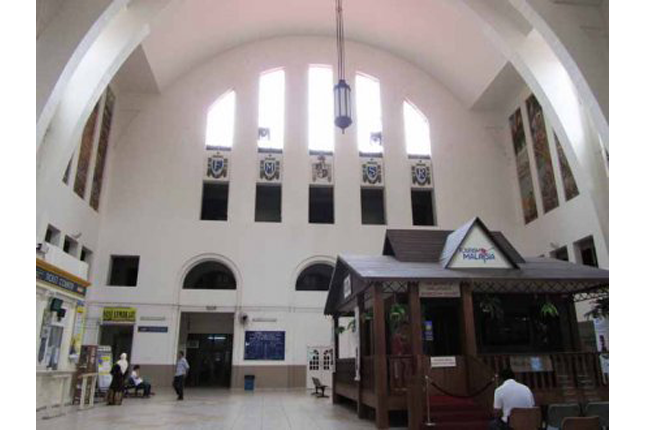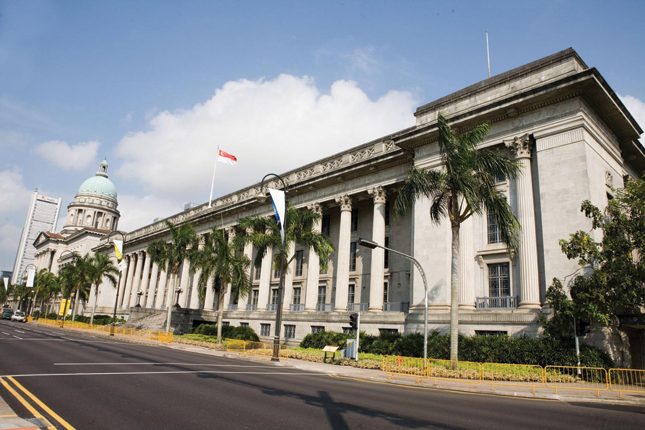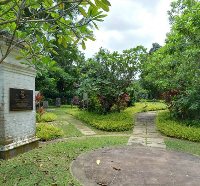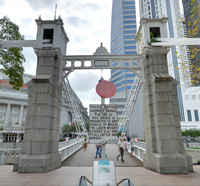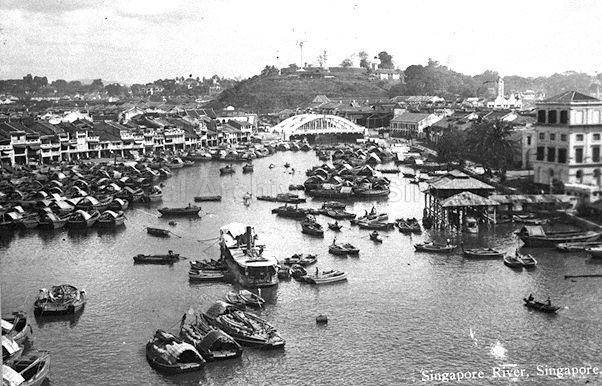The Former Saint James Power Station was the first coal-fired power station on the island. While the building no longer produces electricity, it remains a standing monument to Singapore’s modernisation and urban development during the colonial era.
Growing Need for Electricity
In the early twentieth century, the only sources of electricity in Singapore were the Singapore Tramway Company’s Power Station and the Singapore Harbour Board. As the demand for electricity grew steadily over the years, the existing supplies proved to be inadequate. The British Administration at that time mooted a scheme to build a coal-fired power plant in Singapore. This new power plant would supply electricity to meet the industrial and domestic needs of the town and suburbs, and allow for Singapore’s future growth and development.
A site at Cape Saint James (a headland in what used to be Telok Blangah Bay) was chosen to be the location for the power plant. It formed part of the Municipal Council’s purchase of the Telok Blangah Estate. This tract of land used to belong to the Temenggong, with whom Sir Stamford Raffles negotiated to set up a British trading port in Singapore. Free access to seawater was critical for the power plant as a circulating water system was necessary for the plant’s operation.
Construction of the Power Plant
Since much of it was tidal swamp, Cape Saint James first had to be reclaimed and levelled before the building could be erected. Foundational work commenced in 1924, and construction began shortly after. Prior to the completion of the building, the first unit in the power plant was installed and commissioned on 30 September 1926. By 1 June the following year, the entire system was operational.
Foreseeing a further increase in the demand for electricity, the Municipal Commissioners authorised the addition of another generating system. Saint James Power Station was completed and officially opened by Sir Hugh Charles Clifford, then Governor of the Straits Settlements, on 7 November 1927. At its full capacity, the power plant produced approximately 22,000 kilowatts of electricity – almost seven times the output of earlier facilities, which generated only an average of 3,200 kilowatts.
When it was completed, Saint James Power Station comprised a boiler house, turbine room, switchgear house, pumps, and storage areas for coal. In addition to seaborne coal supplies, which could be delivered within yards from the plant, coal imported on freight trains could be transported quickly and easily to Saint James Power Station due to its close proximity to the Federated Malay States Railway Station. Yet, the power plant was beset with problems in the years after its opening, resulting in frequent blackouts and power failures.
Renovation to Increase Efficiency
By the mid-1950s, Saint James Power Station was deemed to be running inefficiently and was closed for upgrading works in 1956. The renovated Saint James Power Station was reopened by Goh Keng Swee, then Finance Minister of Singapore, on 2 July 1960. It was equipped with new machines and generators which effectively increased the power output by 18,000 kilowatts.
New power plants such as Pasir Panjang Power Station and Jurong Power Station were built to cope with the ever-rising demand for electricity over the years. In the 1970s, Saint James Power Station was gradually phased out. The last of the gas turbines were decommissioned in 1976.
Architecture
The Former Saint James Power Station was designed by Municipal Architect Alexander Gordon, with recommendations from the consulting engineers of the London-based firm, Preece, Cardew & Rider. Massive steel works formed the skeleton of the superstructure. A distinctive feature of the Former Saint James Power Station is its red-bricked façade lined with rows of full-length windows. Covered with tinted-glass panels, the windows enabled natural light to penetrate the large interior spaces. The prominent towering chimney on the front façade continues to serve as a reminder of the building’s former use.
Transformations of the Former Saint James Power Station
In the 1980s, the Port of Singapore Authority (today’s PSA International Private Limited) converted the former power plant into a high-bay semi-automated warehouse for its use. The Former Saint James Power Station underwent yet another major renovation in 2005 and opened its doors to the public on 24 September 2006 as one of Singapore’s biggest entertainment complexes, housing several night clubs and restaurants.
Our National Monuments
Our National Monuments are an integral part of Singapore’s built heritage, which the National Heritage Board (NHB) preserves and promotes for posterity. They are monuments and sites that are accorded the highest level of protection in Singapore.




